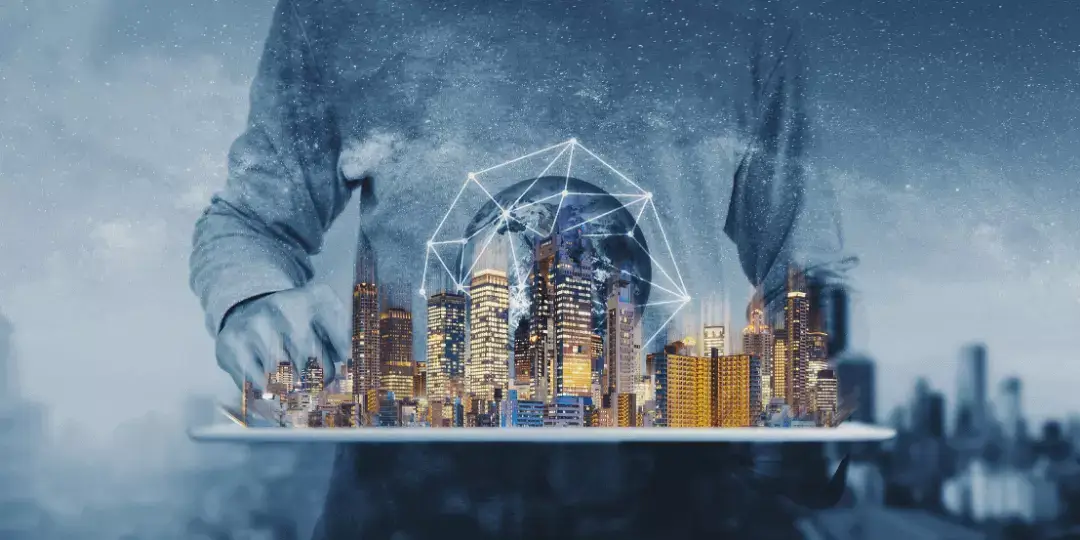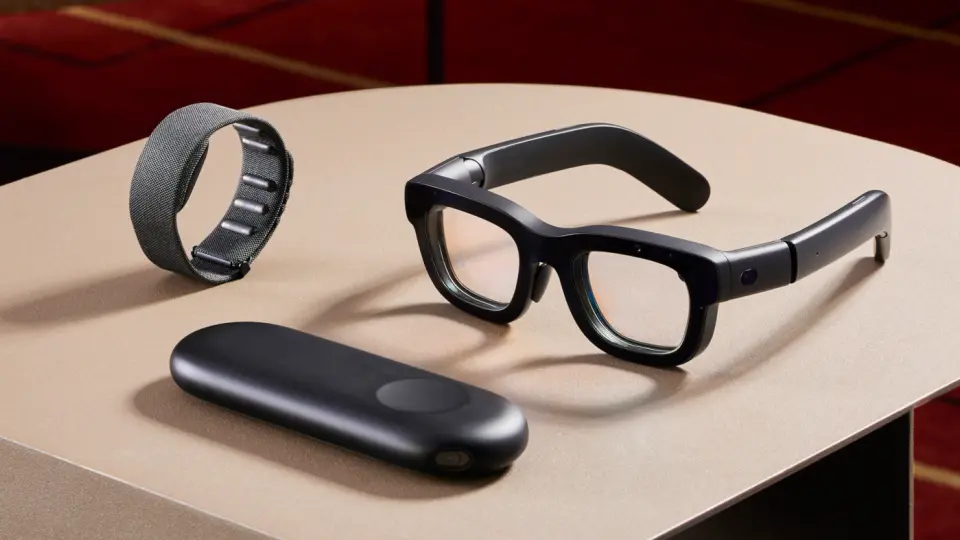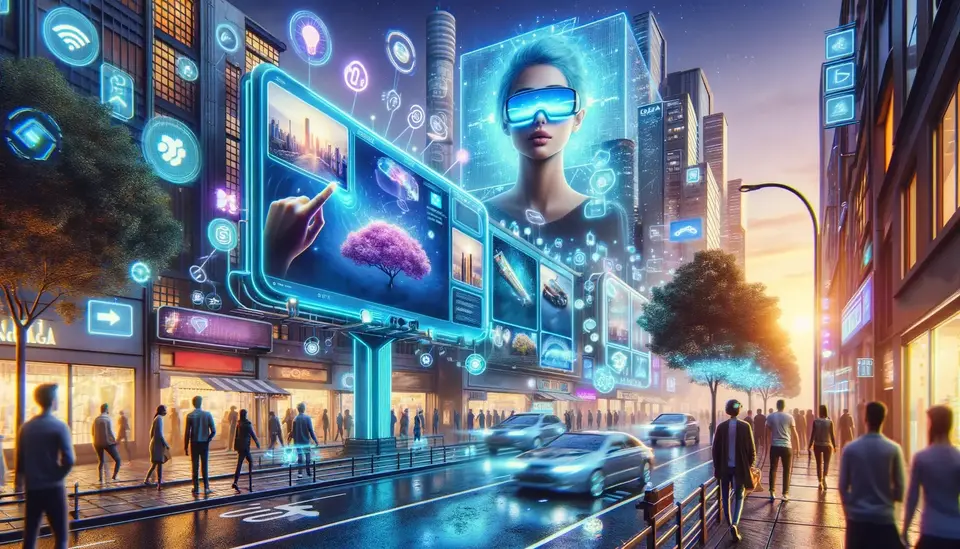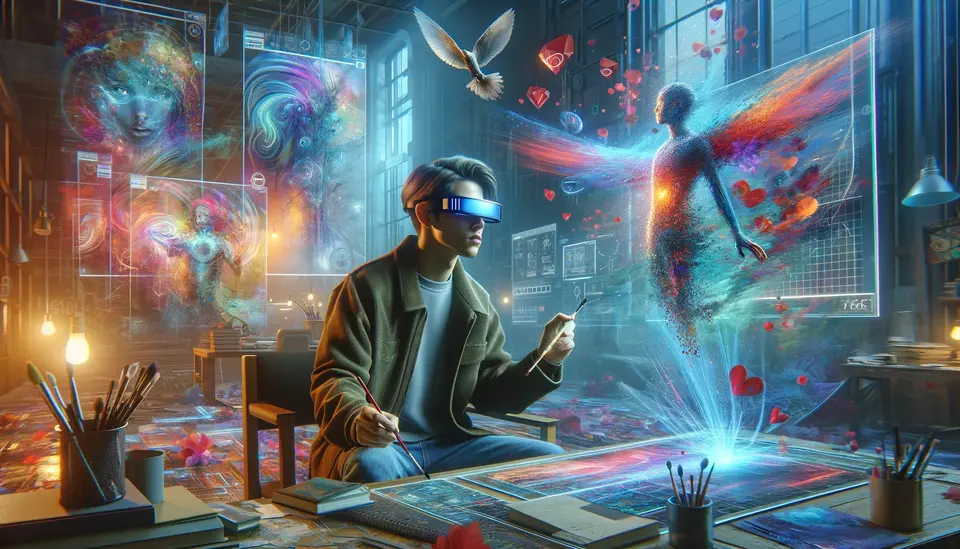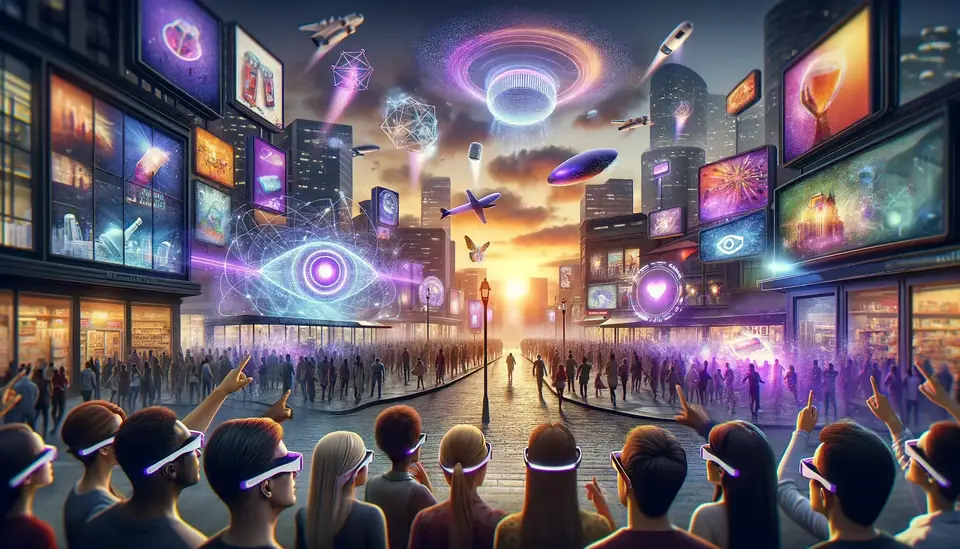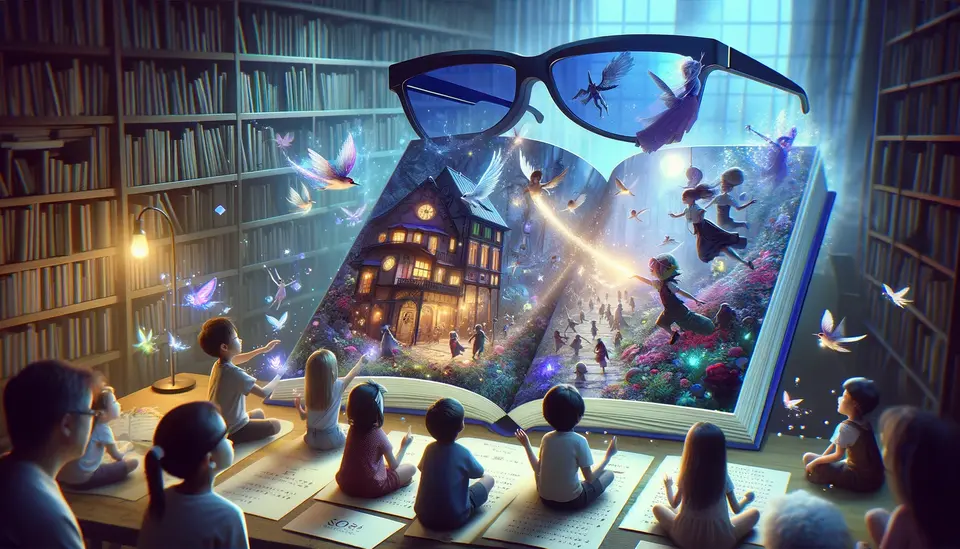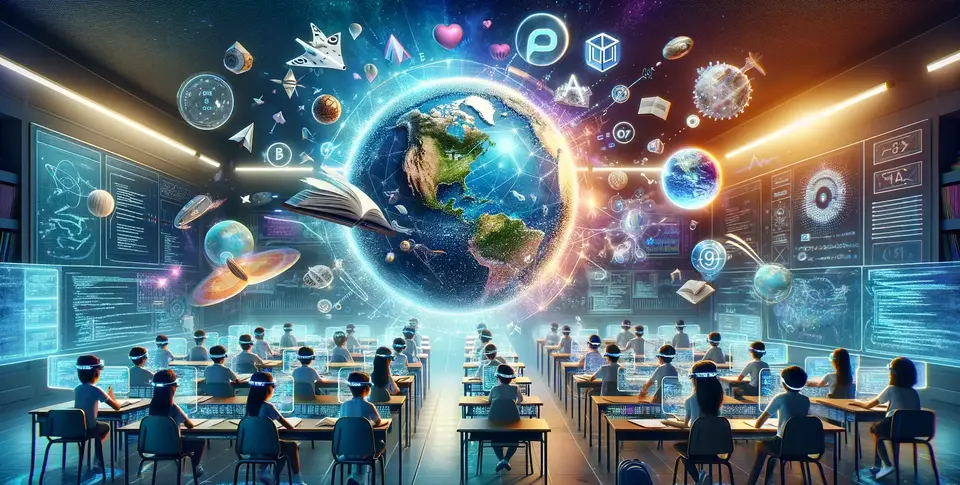Augmented Reality (AR) Examples and Use Cases
Posted on January 4, 2023 9 minutes 1817 words
Table of contents
Augmented Reality (AR) is a technology that allows users to superimpose digital information and content onto the real world, enhancing the way we see and interact with our surroundings. AR has a wide range of applications and can be used in a variety of different industries and settings, from education and retail to real estate and music. In this post, we will explore 20 different use cases for AR, including real examples and applications of how this technology is being used in the world today. Whether you are a business owner, a developer, or simply someone who is interested in the latest technology, there is sure to be something on this list that will pique your interest.
Museums
AR can enhance museum exhibits and provide interactive learning experiences for visitors, making museum visits more engaging and interactive. For example, a museum might use an AR app to allow visitors to view virtual representations of artifacts or to learn more about the history of a particular exhibit. One real-world example of this is the “British Museum Audio” app, which allows users to view virtual exhibits and learn about the history of the British Museum using AR technology.
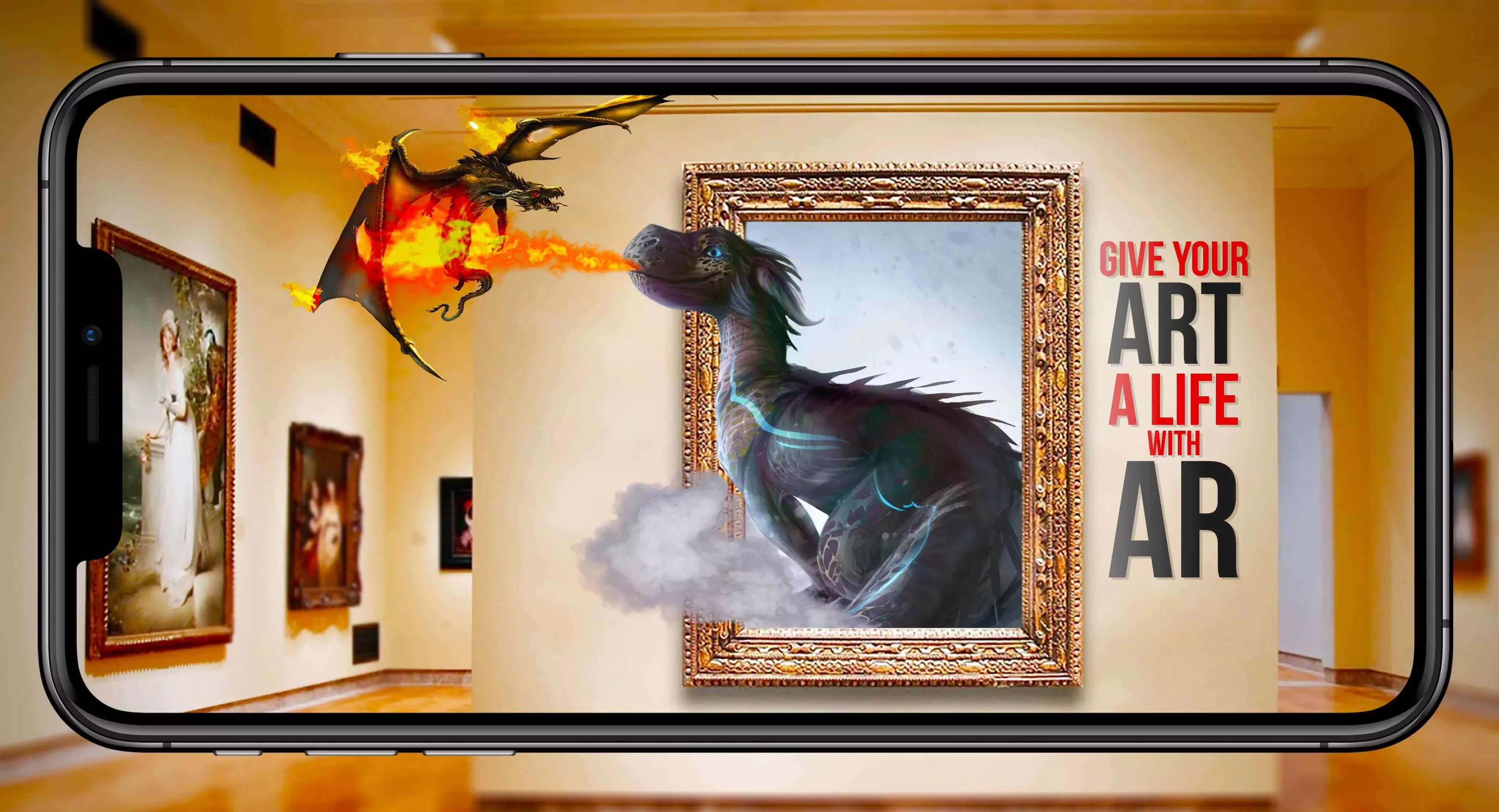
Military
AR can be leveraged to furnish soldiers with important information about their surroundings and to help them plan and execute missions. For example, soldiers might use an AR system to view maps or to see the location of nearby allies or enemies. One real-world example of this is the “Enhanced Night Vision Goggle” system, which allows soldiers to see in low light conditions and overlay important information on their field of view.
Advertising
By using augmented reality, companies can create engaging, immersive advertisements that enhance the consumer experience and increase the impact and memorability of their advertising campaigns. For example, a consumer might use an AR app to try on virtual makeup or to test drive a virtual car. One real-world example of this is the “Adidas” app, which allows users to view and customize virtual versions of Adidas products using AR technology.
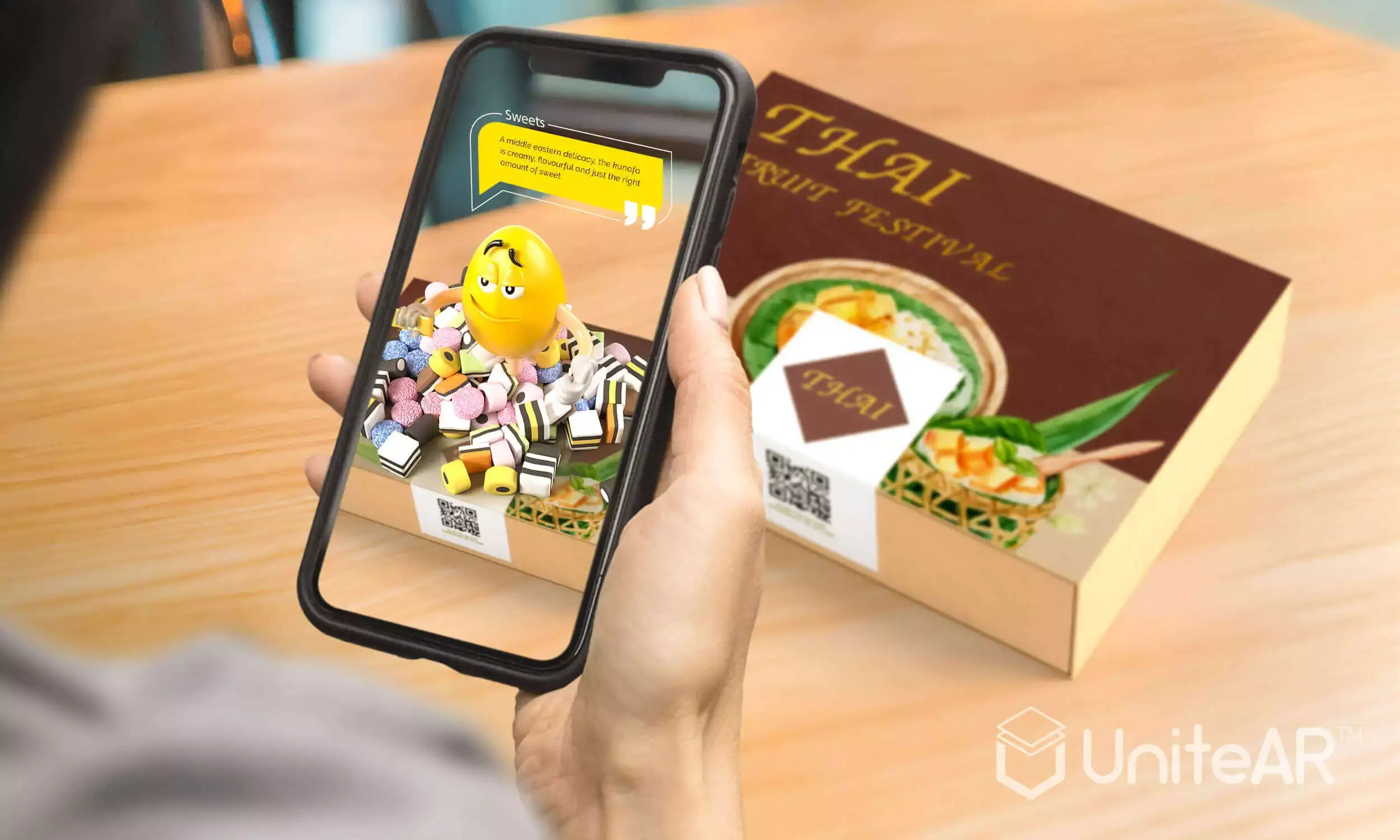
Sports
AR can improve the spectator experience at sporting events by providing viewers with interactive, informative experiences and enhancing the overall viewing experience. For example, a viewer might use an AR app to view statistics or player information while watching a game, or a broadcaster might use AR to create virtual graphics or overlays to enhance the viewing experience.
Education
Augmented reality (AR) technology can be utilized to enhance the learning experience by providing interactive and engaging opportunities for students, making education more enjoyable and interactive. For example, a biology student might use an AR app to view 3D models of cells or to explore a virtual dissection of a frog. AR can also be used to bring historical events to life, allowing students to view virtual reenactments of key moments in history. One real-world example of this is the “History Alive!” AR app, which allows users to learn about ancient civilizations and important events in world history through interactive 3D experiences.
Retail
Through the use of augmented reality, customers can now have a more immersive shopping experience by previewing products in a virtual environment before deciding to make a purchase. For example, a furniture retailer might use an AR app to allow customers to visualize how a particular piece of furniture would look in their home before making a purchase. AR can also be used to create immersive, interactive advertisements, allowing consumers to try on virtual makeup or test drive virtual cars. One real-world example of this is the “Sephora Virtual Artist” app, which allows users to try on different makeup looks using AR technology.
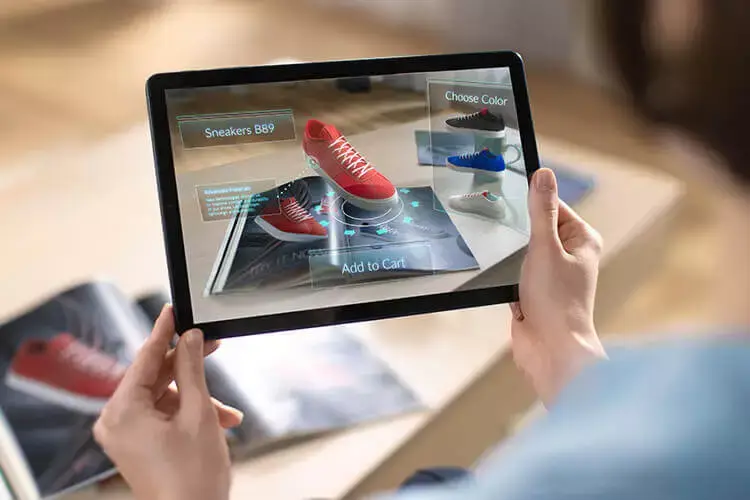
Gaming
AR games are becoming increasingly popular, as they allow players to interact with virtual elements in the real world. These games often involve collecting virtual items or completing challenges in the real world. AR can also be used to create new types of gaming experiences, such as escape rooms or interactive treasure hunts. One popular example of an AR game is “Pokemon Go,” which involves catching virtual Pokemon characters in the real world.
Music
AR can enhance the music experience by allowing users to see virtual representations of their favorite artists or participate in virtual concerts in an interactive way. For example, a musician might use an AR app to create a virtual music video or to allow fans to view virtual representations of band members while listening to music. One real-world example of this is the " Beatsy" app, which allows users to visualize music in real-time through their phone’s camera. As the user listens to music, AR elements such as shapes and patterns will appear on the screen and move to the beat of the music.
Tourism
AR can enhance the tourism experience by providing visitors with interactive, informative experiences at landmarks and other points of interest. For example, a visitor to a historical site might use an AR app to view virtual reenactments or to learn more about the site’s history. One real-world example of this is the “Museo” app, which allows users to view virtual exhibits and learn about the history of museums and cultural sites.
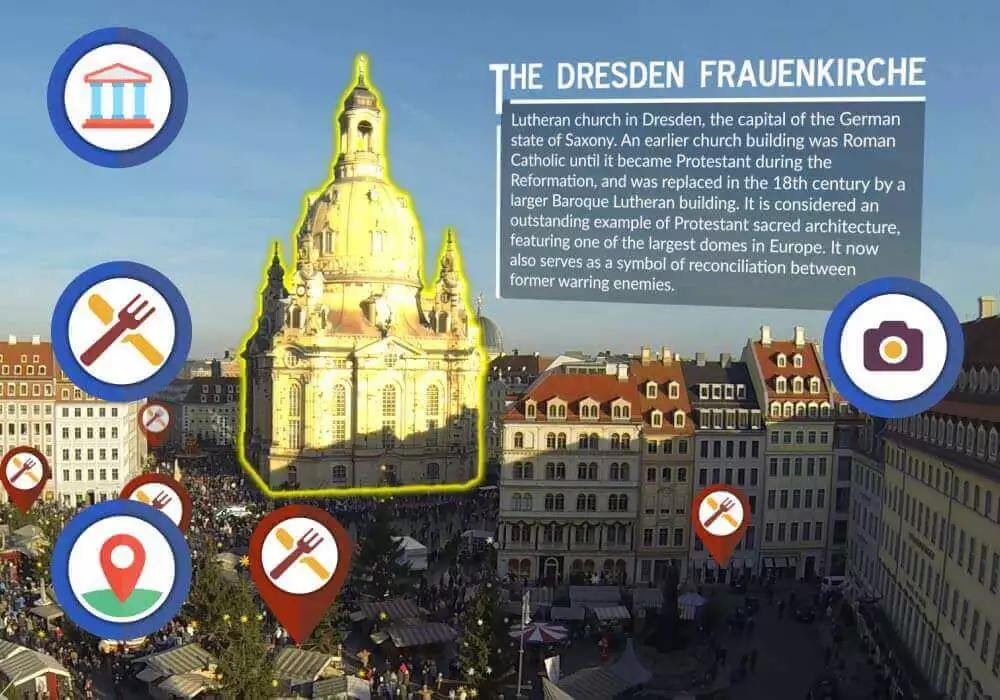
Real Estate
AR can help people visualize and explore properties, allowing them to get a better sense of a particular property before making a purchase. For example, a real estate agent might use an AR app to allow potential buyers to virtually tour a home, or a homeowner might use AR to visualize different design options for their home. One real-world example of this is the “Zillow 3D Home” app, which allows users to view 3D models of homes and explore them using AR technology.
Industrial Training
AR can be used to train employees in manufacturing and other industries in a safe and efficient manner. For example, an employee might use an AR system to practice assembling a complex piece of machinery in a virtual environment before attempting to do so in the real world. One real-world example of this is the “Honeywell Forge” AR training platform, which allows employees to practice tasks and procedures in a virtual environment before performing them in the real world.
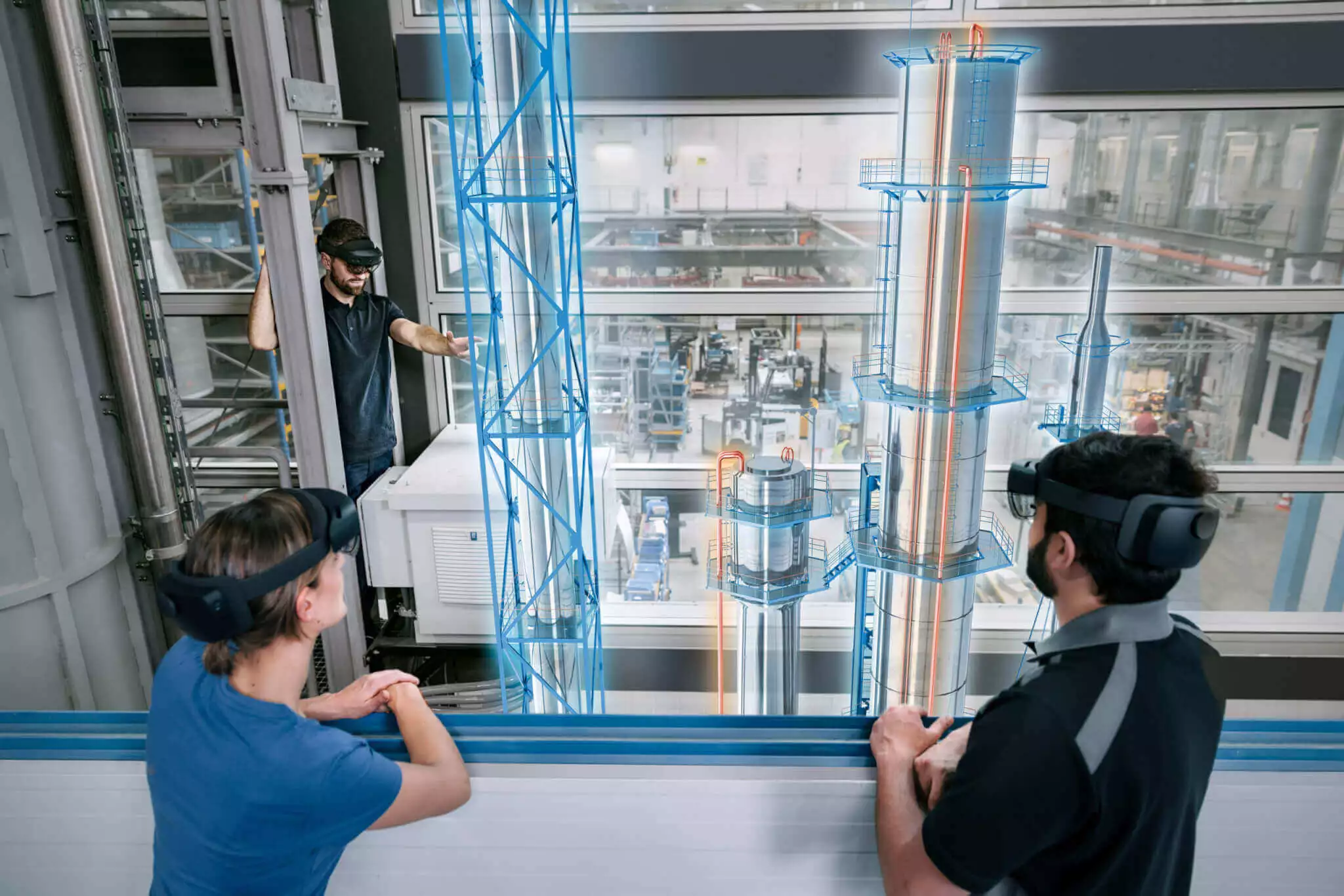
Maintenance and Repair
AR can assist technicians in the maintenance and repair of complex machinery by providing them with an interactive, visual aid, allowing for more efficient and accurate work. For example, a technician might use an AR system to view instructions or diagrams while working on a piece of equipment. One real-world example of this is the “Augment” AR platform, which allows technicians to view 3D models of equipment and instructions while performing maintenance or repair tasks.
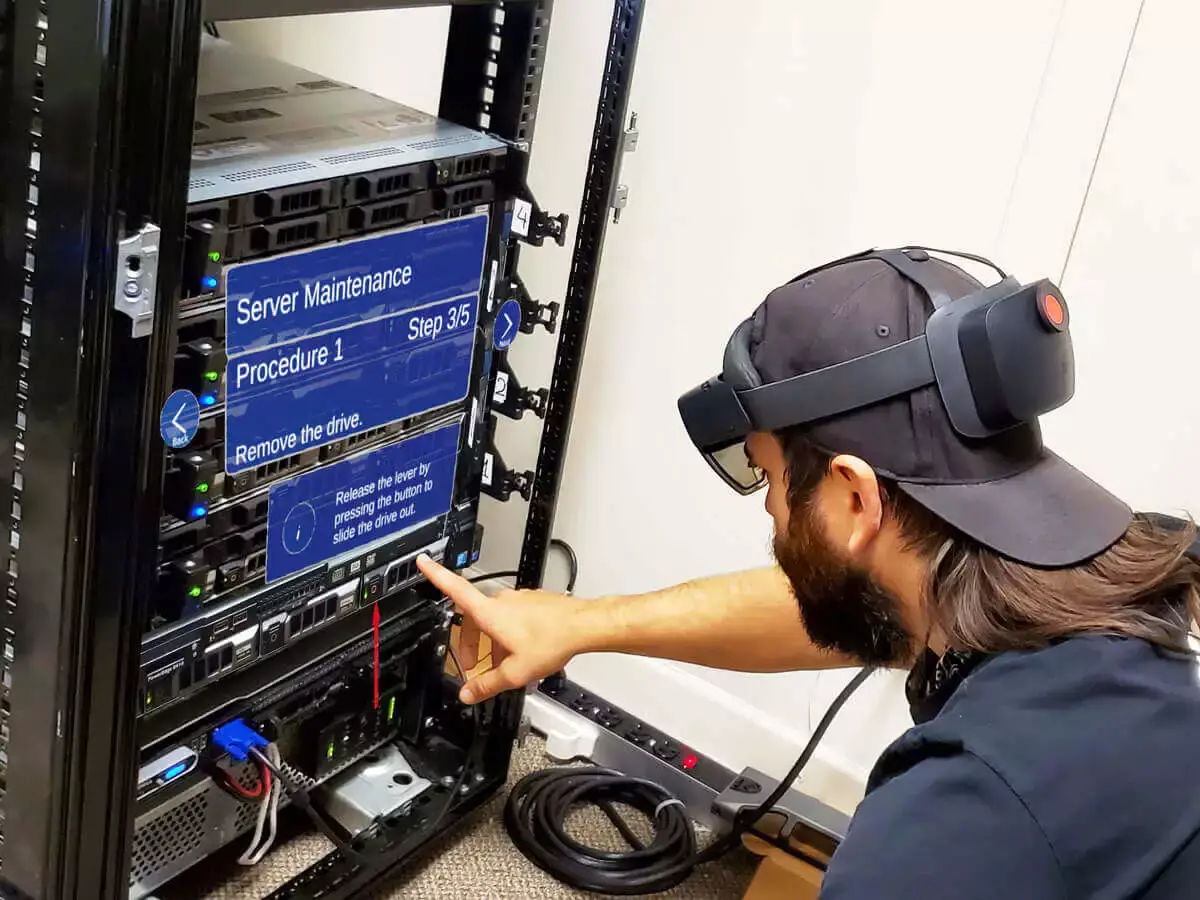
Art
AR can create interactive art installations or to enhance traditional art exhibits, providing viewers with a more immersive and interactive art experience. For example, a museum might use an AR app to allow visitors to view virtual recreations of famous works of art or to see how a particular artist created a particular piece. One real-world example of this is the “Tate AR” app, which allows users to view virtual exhibits and learn about the history of art at the Tate galleries in London.
Interior Design
AR can be utilized by homeowners to virtually experiment with different design options for their homes, helping them to make more informed decorating choices. For example, an interior designer might use an AR app to show a homeowner how a particular paint color or piece of furniture would look in a room. One real-world example of this is the “Sherwin-Williams ColorSnap Visualizer” app, which allows users to see how different paint colors would look in a room using AR technology.

Architecture and Construction
By utilizing augmented reality, construction professionals can visualize and plan projects more effectively, leading to increased efficiency and accuracy in their work. For example, an architect might use an AR app to view a 3D model of a building while discussing design options with clients, or a construction worker might use AR to view instructions or diagrams while working on a job site. One real-world example of this is the “Autodesk BIM 360” AR platform, which allows users to view 3D models of construction projects and collaborate with team members in real-time.
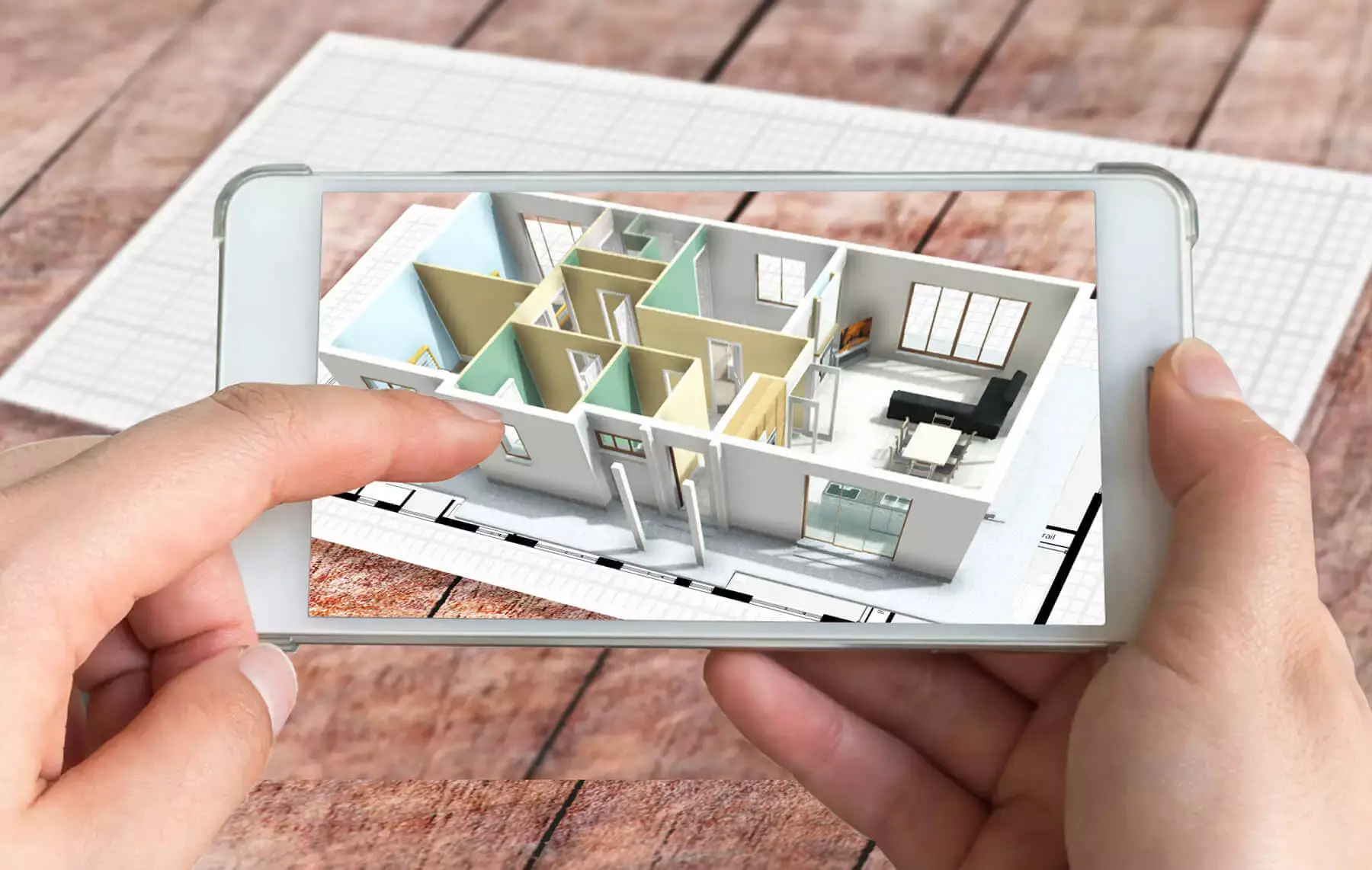
Agriculture
Through the use of augmented reality (AR), farmers can more effectively plan and manage their operations by accessing valuable information about their crops and land. For example, a farmer might use an AR app to view crop health or to plan the most efficient route for field work. One real-world example of this is the “John Deere- Operations Center Mobile " app, which allows farmers to view maps and other important information about their operations using AR technology.
Landscaping
AR can help homeowners and landscapers visualize and plan landscaping projects, allowing them to see how different plants and features would look in a particular location before committing to a design. For example, a landscaper might use an AR app to show a homeowner how a particular plant or garden feature would look in their yard before planting it. One real-world example of this is the “PlantSnap” app, which allows users to identify and learn about different plants using AR technology.
Home İmprovement
AR can be used to help homeowners visualize and plan home improvement projects, allowing them to make more informed decisions and save time and money. For example, a homeowner might use an AR app to see how a new kitchen backsplash or flooring would look in their home before making a purchase. One real-world example of this is the “Houzz” app, which allows users to view different design options for their homes using AR technology.
Manufacturing
AR can be used to assist with the production of goods, helping to improve efficiency and accuracy in the manufacturing process. For example, a factory worker might use an AR system to view instructions or diagrams while assembling a product, or a quality control inspector might use AR to view a 3D model of a product to check for defects.
In conclusion, the potential applications of AR are nearly limitless. From education and retail to art and military, AR is being used in a wide range of industries and sectors to improve efficiency, enhance the user experience, and provide users with important information and assistance. While there is still much room for growth and innovation in the field of AR, it is clear that this technology has the potential to change the way we interact with the world and each other. As AR technology continues to develop and become more accessible, it will be interesting to see what new and exciting use cases emerge in the future.
You may also be interested in reading our articles about virtual reality, virtual reality headset, augmented reality, smart glasses, mixed reality. and metaverse.

